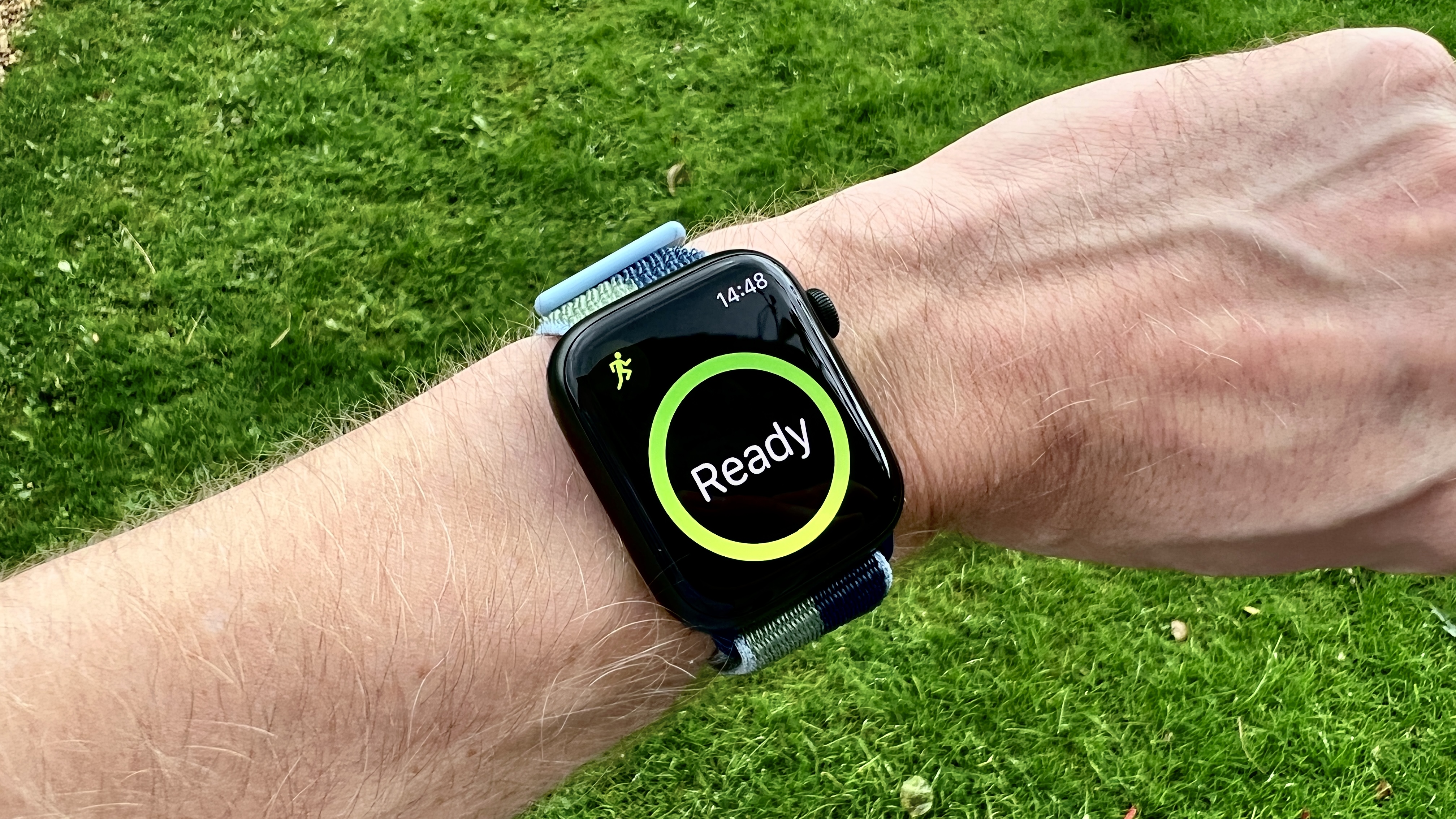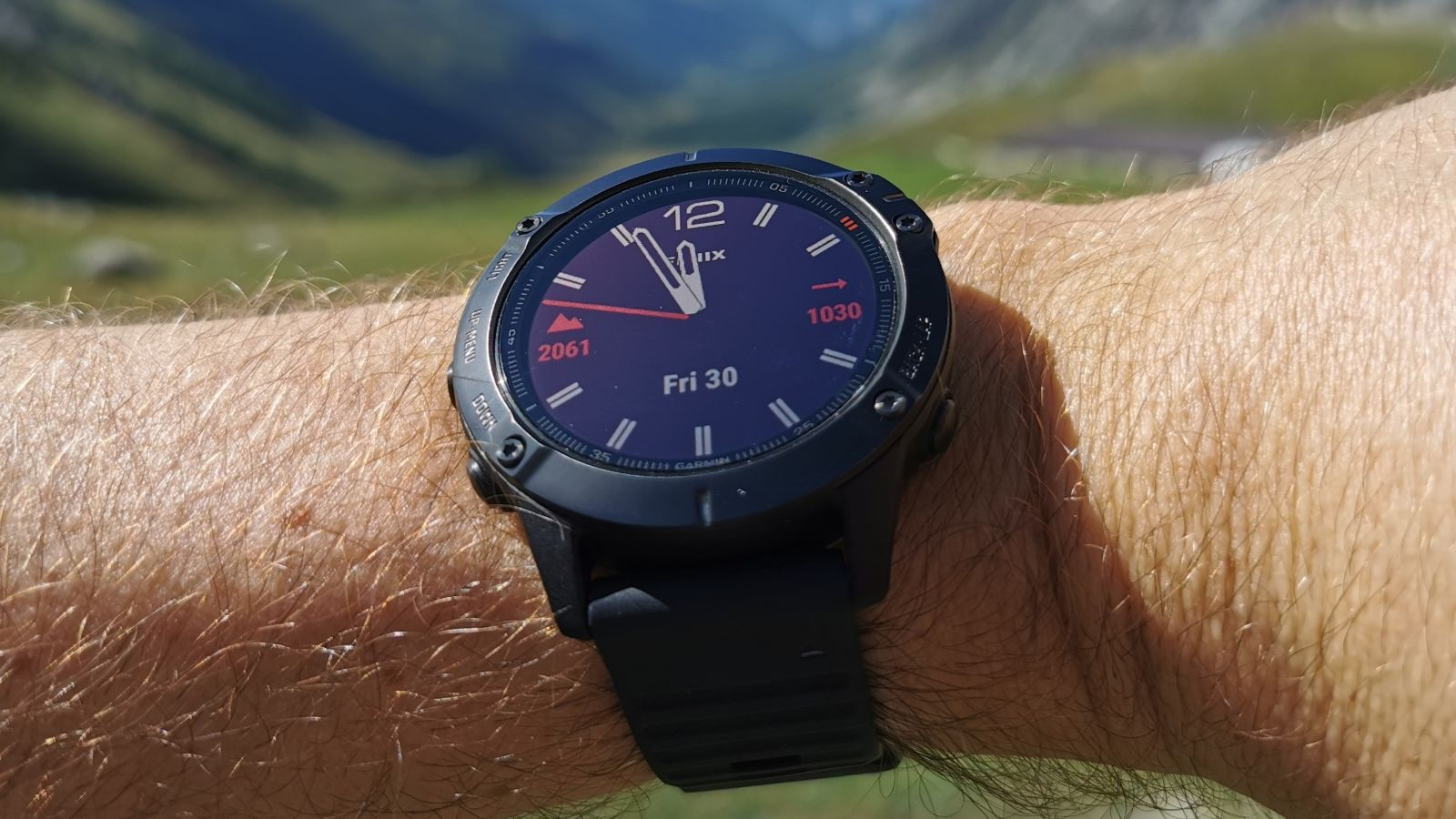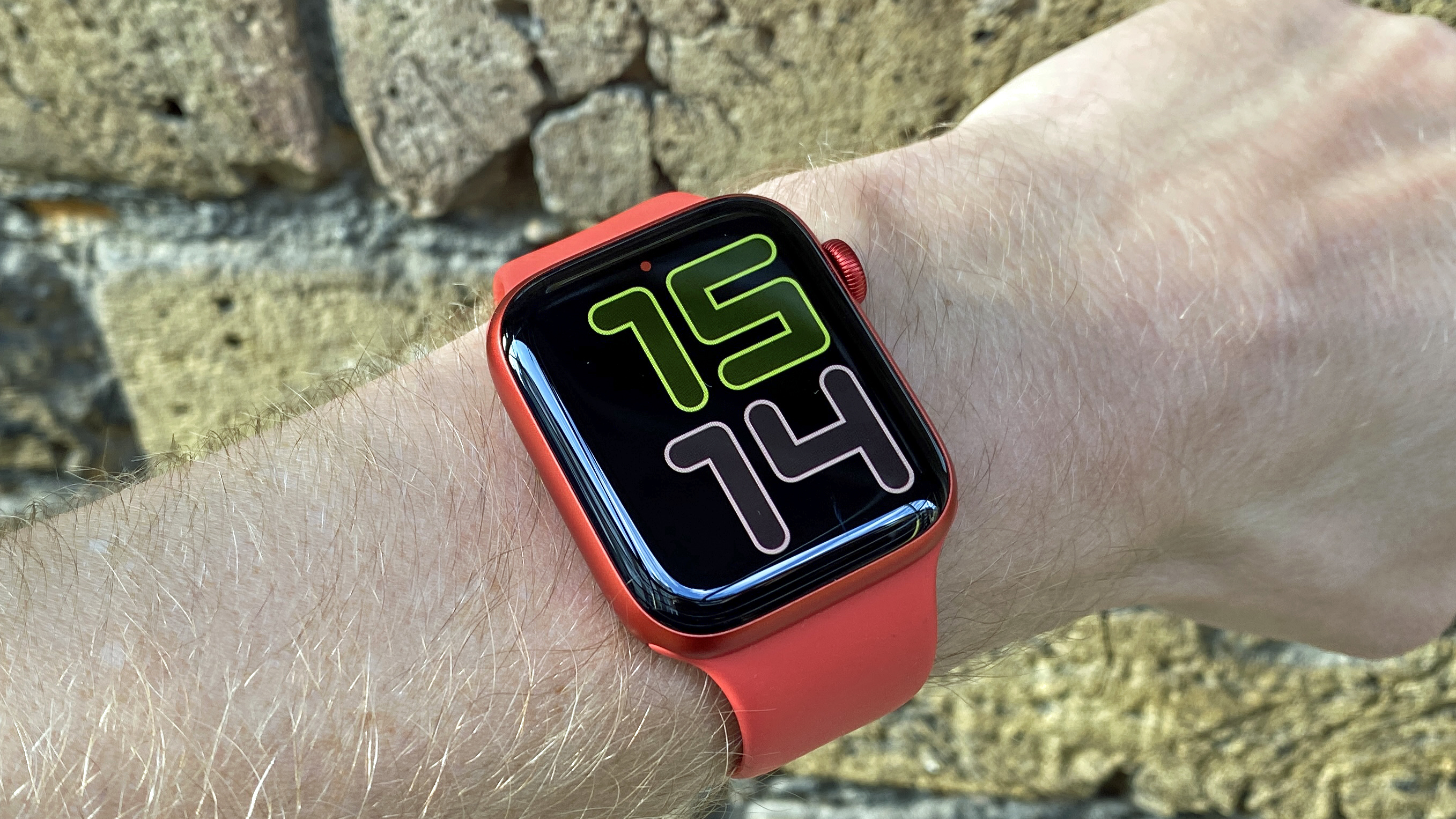5 Ways the Apple Watch Pro could become a Garmin-beating sports watch
Can the rumored Rugged Edition make it?

The Apple Watch Pro is heavily rumored to be a rugged smartwatch that’s set to appeal to lovers of the outdoors and extreme sports. Speculation continues to grow from sources typically in the know of what may be in the works at Apple.
Launching a tough, outdoorsy version of its smartwatch would see Apple take its Watch in a new direction: one that would see it up against some pretty established names that have been serving up great outdoor watches for a while now.
While it has been a smartwatch that has evolved over time to be better at fending off water and dust and being something that’s suitable to wear when heading for the hills for a hike or grabbing a surfboard, Apple might have to make some sizable changes to really rival the competition.
There are already solid hardware and software foundations to work from, so what will Apple have to do to make this rumored Watch Pro an outdoor watch great? Here’s our take.
1. Bringing the big battery life
Doing this would see Apple do something it hasn’t done since it launched the first Apple Watch. Shifting from its current 18-hour battery life promise and offering multi-day battery life. Something that has been rumored for this tougher Watch edition.
Look at any of the best Garmin, Polar or Coros outdoor watches and you’re not only getting the offer of multiple days or weeks of battery in smartwatch modes, but you’re also getting multiple battery modes when you start tracking activities too. The top Garmin watches like the Enduro literally last months of wear.
Apple needs to, if not match what dedicated rugged outdoor watches have to offer in battery terms, at least tip their cap to longevity in order to truly appeal to big-time hikers, climbers or ultrarunners. It’s speculated Apple could do that with a new low-power mode.
Sign up for breaking news, reviews, opinion, top tech deals, and more.
We’ve been here before with smartwatches from the likes of Casio and Nixon. They promise great outdoor-centric features but don’t have the battery performance to match, ultimately making them less desirable for people who need to be away from a charger for more than a day.

2. Taking some app smarts in house
One thing Apple massively has in its favor is an App Store brimming with apps that enhance what its Watch is capable of. There are already great Apple Watch apps for hikers, cycling, surfers and much more. While Apple could rely on that already extensive third-party app support it would be the smart move to bring similar levels of tracking to its own native tracking apps.
Its own Workout app is a pretty solid offering already and through recent watchOS updates has grown to support and track a greater variety of activities.
So to see that app not only offers profiles for more niche outdoor pursuits but offer activity-specific metrics would help give climbers or water sports enthusiasts quick access to data they crave without needing to head into the App Store to find it.
3. Using new (and old) sensors in innovative ways
Speculation around an Apple Watch Pro suggests Apple will introduce a temperature sensor to the Watch for the first time. Temperature sensors aren’t new to smartwatches and like the addition of a blood oxygen sensor on the Apple Watch Series 6, it’s likely its inclusion will be focused on offering general wellness insights as opposed to regulatory-approved health ones.
Apple doesn’t necessarily need to bring new, cutting-edge sensors to the party, but it could take that existing sensor technology it might add or already offer and make it more useful for outdoor tracking scenarios.
Apple has already introduced an altimeter and compass to its smartwatch and does include one of the best wrist-based heart rate monitors in the business. With a temperature sensor in the mix too, it could give users more data to better understand conditions in their current location and better decisions on what to do next.
Garmin’s top-end watches, for example, offer heat acclimation insights to better understand the impact that an increase in heat has on training and fitness levels. That already present blood oxygen tracking could be embraced to offer useful insights when hitting higher altitudes, while Polar’s use of heart rate to better understand fuelling needs with its FuelWise feature on its latest watches is something to look to as well.
These are all directions Apple could look to put that rumored new sensor and existing ones to valuable use.

4. Revamp maps and navigation skills
This feels like a big one. Great outdoor watches deliver strong mapping and navigation skills. Whether that’s being able to follow rich, detailed maps or following routes that can direct you to your finish point or get you back home, these are features you want to see.
Apple does already offer mapping and navigation support and in its watchOS 7 software update, sought to revamp that mapping support on the Watch for cyclists. Typically though, the best experience lies outside of Apple’s native support. Apps like WorkOutDoors for example cater better to explorers. So if Apple is going to go in this direction with its smartwatch, it needs to have great mapping and navigation features out of the box.
Make it quick and easy to upload routes, utilize that touchscreen display and maybe even Siri to make using maps a breeze, and offer navigation features that make sense based on the activity you’re tracking. If anyone can make sure this box is ticked, it’s Apple.
5. A tougher design that still keeps thing sleek
To make this Watch Pro a reality, it’s speculated that Apple could go with a new titanium look with a bigger screen size to boot. We think we can write off ever seeing a round Apple Watch, but we may see the current design get a notable revamp.
The challenge here will be to try to retain the Watch’s elegant aesthetics all while giving it the level of protection it needs to survive much tougher terrain.
It’s arguably already started to happen. On the Watch Series 7, Apple grew the case sizes, redesigned the front crystal on the screen to make it more crack resistant and slapped it with an IP6X dust resistance rating. That made it more suitable for wearing at the beach or going for a desert adventure.
Apple might need to give it some military-grade level of durability protection such as we’ve seen on other smartwatches like the Amazfit T-Rex 2. It might have to increase the water resistance rating to make it better suited to more extreme water-based activities too.
It might have to sacrifice having that same slender profile, but if it can avoid going bulky and not entirely erase that strong Watch design DNA, then it’ll stand out from the hulking outdoor watch crowd for the right reasons.

Michael is a freelance journalist who has covered consumer technology for over a decade and specializes in wearable and fitness tech. Previously editor of Wareable, he also co-ran the features and reviews sections of T3, and has a long list of bylines in the world of consumer tech sites.
With a focus on fitness trackers, headphones, running wearables, phones, and tablet, he has written for numerous publications including Wired UK, GQ, Men's Fitness, BBC Science Focus, Metro and Stuff, and has appeared on the BBC Travel Show. Michael is a keen swimmer, a runner with a number of marathons under his belt, and is also the co-founder of YouTube channel The Run Testers.